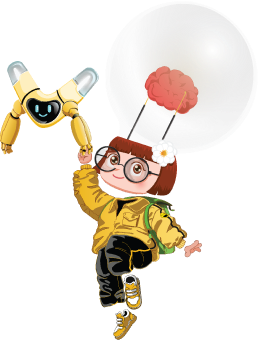■■ Reading Comprehension I
Electric cars may seem like a recent invention, but they've been around for years. In the early 1900s, there were more electric cars on the road than there were gas-powered vehicles. At that time, gasoline was expensive compared with other fuels. Once gas price dropped and new technologies were developed, electric cars went out of fashion in favor of gas-powered cars, which could travel longer distances without stopping.
During the 20th century, gas-powered cars got bigger, heavier, and faster. They required more fuel, which led to more air pollution. For years, carmakers didn't worry about pollution. They weren't concerned about how much gas cars used. But as consumers became aware of Earth's limited supply of oil, they pressured producers to make more efficient and less polluting cars.
One solution was a "hybrid" car, one that ran partly on gas and partly on electricity supplied by a battery. Hybrid cars became popular in the mid-2000s as gas price rose noticeably and car producers lowered the prices and made the fuel-efficient cars more affordable. An all-electric car uses no gasoline. The challenge, though, is that car batteries need to be recharged. That makes electric cars impractical for long distances. The government and car producers are working together to develop safe, inexpensive, and practical electric cars. When these cars become available to consumers, gas stations may someday be a thing of the past.
[Reading Comprehension I] After reading the first two paragraphs, you could predict that ............... .
1 )
someone would invent an electric car
2 )
gasoline prices would continue to drop
3 )
gas-powered cars would become slower
car companies would make electric cars again
پاسخ تشریحی :
تحلیل ویدئویی تست
منتظریم اولین نفر تحلیلش کنه!











